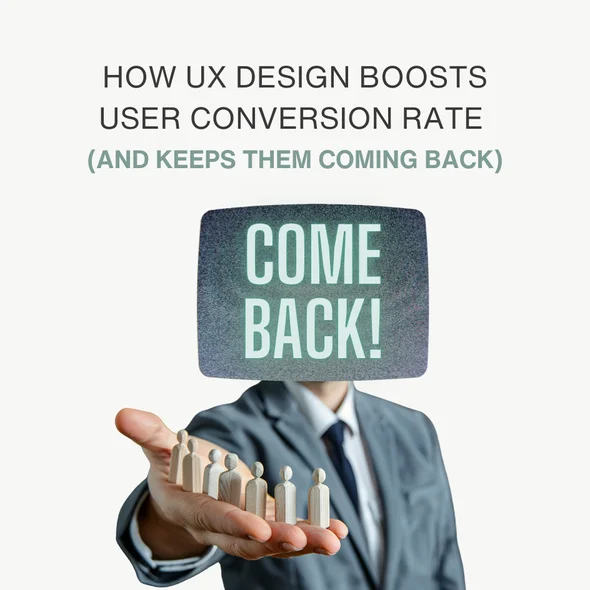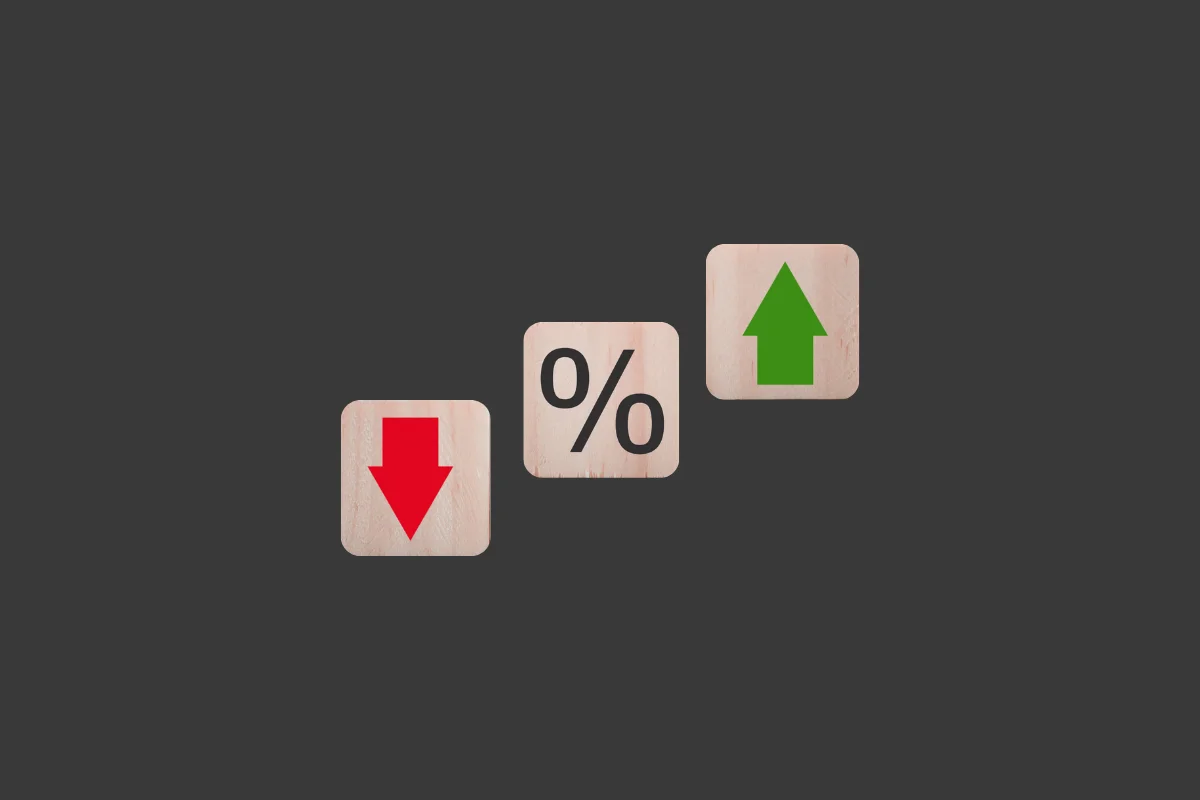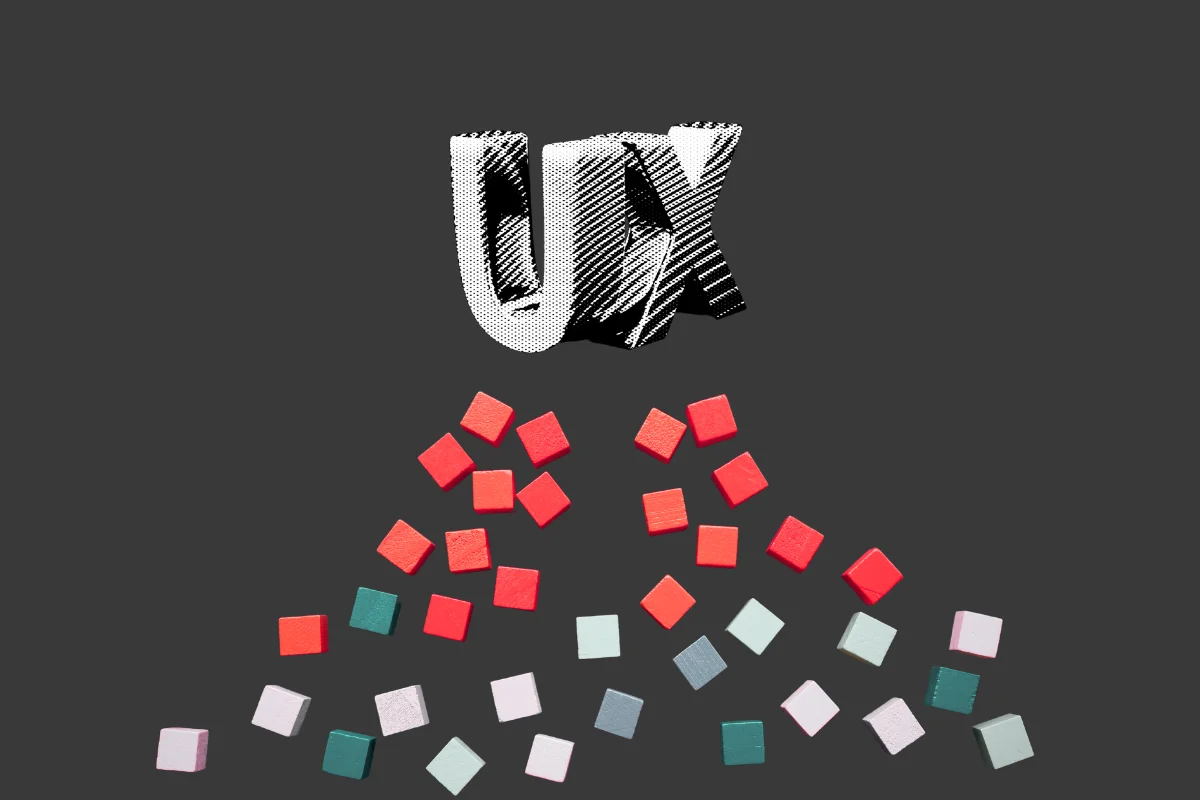In-App Purchases vs Ads: Which Strategy is Best?
You’ve created your app, and people are starting to download,...
We use cookies for our website to give you the most relevant experience by remembering your preferences. By clicking “accept”, you consent to use of ALL the cookies
This website uses cookies to improve your experience while you navigate through the website. Out of these, the cookies that are categorized as necessary are stored on your browser as they are essential for the working of basic functionalities of the website. We also use third-party cookies that help us analyze and understand how you use this website. These cookies will be stored in your browser only with your consent. You also have the option to opt-out of these cookies. But opting out of some of these cookies may affect your browsing experience.
Necessary cookies are absolutely essential for the website to function properly. These cookies ensure basic functionalities and security features of the website, anonymously.
| Cookie | Duration | Description |
|---|---|---|
| cookielawinfo-checkbox-functional | 11 months | This cookie is set by GDPR Cookie Consent plugin. The cookie is used to store the user consent for the cookies in the category “Analytics”. |
| cookielawinfo-checkbox-functional | 11 months | The cookie is set by GDPR cookie consent to record the user consent for the cookies in the category “Functional”. |
| cookielawinfo-checkbox-necessary | 11 months | This cookie is set by GDPR Cookie Consent plugin. The cookies is used to store the user consent for the cookies in the category “Necessary”. |
| cookielawinfo-checkbox-others | 11 months | This cookie is set by GDPR Cookie Consent plugin. The cookie is used to store the user consent for the cookies in the category “Other. |
| cookielawinfo-checkbox-performance | 11 months | This cookie is set by GDPR Cookie Consent plugin. The cookie is used to store the user consent for the cookies in the category “Performance”. |
| viewed_cookie_policy | 11 months | The cookie is set by the GDPR Cookie Consent plugin and is used to store whether or not user has consented to the use of cookies. It does not store any personal data. |
Functional cookies help to perform certain functionalities like sharing the content of the website on social media platforms, collect feedbacks, and other third-party features.
Performance cookies are used to understand and analyze the key performance indexes of the website which helps in delivering a better user experience for the visitors.
Analytical cookies are used to understand how visitors interact with the website. These cookies help provide information on metrics the number of visitors, bounce rate, traffic source, etc.
Advertisement cookies are used to provide visitors with relevant ads and marketing campaigns. These cookies track visitors across websites and collect information to provide customized ads.
Other uncategorized cookies are those that are being analyzed and have not been classified into a category as yet.
Cyberia Tech, Inc. respects your privacy. This Privacy Policy explains how we collect, use, and share your information. By using our services, you agree to this policy. If any other agreements conflict with this Privacy Policy, the terms of those agreements prevail.
Cyberia Tech complies with the EU-US and Swiss-US Privacy Shield Frameworks for handling personal data from the EEA, UK, and Switzerland. In case of any conflict, the Privacy Shield Principles prevail. Learn more at Privacy Shield. Key Definitions
Information linked to an individual, transferred from the EEA, UK, or Switzerland to the U.S.
Data revealing race, religion, health, sexual orientation, and similar categories.
Effective Date: [ 2025 / 11 / 28 ]
Welcome to The Cyberia Tech ! By accessing or using our website or services, you agree to
comply with and be bound by these Terms of Use and our Privacy Policy. If you do not agree with
these terms, please do not use our Services.
Loading
0 %

Getting users through the door is one thing, getting them to stay is another. That’s where UX design steps in. It doesn’t just make your product “look nice”, it has the power to influence decisions, shape long-term relationships, and most importantly, increase your user conversion rate.
We often talk about growth in terms of traffic and visibility, but the real magic happens when those visitors convert, sign up, make a purchase, or take meaningful action. Even more powerful? When they stay!
In this article, we’ll explore how thoughtful UX and conversion go hand in hand, how small design changes can impact your sales, and why investing in user experience is one of the most underrated ways to boost both your user conversion rate and customer retention.

Before talking about the role of UX, let’s define what a user conversion rate actually is.
Simply put, it refers to the percentage of users who complete your desired action on your website or app; whether that’s making a purchase, signing up for a newsletter, downloading a resource, or making a reservation. If 100 people visit your landing page and 5 of them sign up, your user conversion rate is 5%.
This metric is Imperative because it tells you how effectively your product or platform turns visitors into active users or paying customers. But here’s where things get interesting: No conversion occurs without external influences. The user’s journey, how they interact with your product, how easily they find information or take action; all of it is shaped by UX design.
A clean layout, fast loading time, clear navigation, and well-placed micro-interactions all work together to increase the chances of a conversion. In fact, even seemingly small friction points, like an unclear CTA or a frustrating form can drive users away.
So, when you improve UX, you’re not just improving aesthetics. You’re directly improving your user conversion rate and optimizing the stage for better retention. That’s why so many product-led brands today are treating UX and conversion as inseparable.

When people think about conversion, they often focus on marketing tactics: convincing copies, strong CTAs (Call to actions), or sales funnels (The process people go through before they make a purchase). But in reality, many of the decisions users make, whether to stay, trust, click, or buy, are shaped silently by the user experience itself. This is where the connection between UX and conversion becomes undeniable.
Imagine landing on a cluttered page, with too much text, confusing buttons, and a slow load time. Even if the product is amazing, poor UX design creates disruption. On the flip side, a clean, easy to understand interface can guide a user to take action without them even realizing it’s happening. That’s the power of UX conversion rate optimization, making the path to action natural and effortless.
Basically, you can think of conversion through UX design as creating an invisible bridge; one that removes distractions, doubts, and delays between the user and the action you want them to take.
And here’s the beautiful part: once someone has a seamless experience, they’re more likely to return. That’s when user retention kicks in, and it starts with the very first interaction.
While conversion might be the first win, it’s retention that brings long-term growth. Getting users to take action is important; but getting them to come back is what builds loyalty, Support, which ultimately leads to a sustainable business. And once again, UX design is at the center of it all.
At its core, retention is about how users feel when using your product or service. If the experience is smooth, helpful, and even delightful, they’ll remember it, and they’ll return. But if it’s clunky or confusing, they’ll bounce, even if the offering itself is great.
Let’s break it down:
Personalization through UX: Smart suggestions, remembered preferences, and relevant content all help users feel seen.
These moments add up to emotional satisfaction often without the user realizing it. They feel cared for, understood, and empowered; which means they’re more likely to stick around. This is the invisible thread between UX design and customer retention.
Improving user retention with UX design isn’t just about solving pain points; it’s about creating pleasure points. And as you reduce obstacles and increase ease, you’re also boosting your user conversion rate every time they return.
Put simply, user retention is the lasting effect of a great experience, and UX is what designs and shapes that experience.

Not every UX upgrade requires a full redesign. Often, it’s the small, thoughtful changes that make a real difference. If you’re wondering how to directly improve your user conversion rate, here are a few powerful yet simple UX design adjustments that deliver impact.
Great UX feels clear, but proving its value takes data. If you’re serious about boosting your user conversion rate, you need to track what’s working, what’s not, and what needs adjusting. Here’s how to measure the real impact of your UX design efforts.
The most direct indicator is, of course, your conversion rate itself. Are more users completing key actions after you’ve made changes? Whether it’s sign-ups, purchases, or downloads, even a small lift can be meaningful.
Use tools like Google Analytics, Hotjar, or Microsoft Clarity to track:
These numbers reflect how smooth or frustrating your UX currently is.
Improving user retention with UX design often takes time to show, but the signals are there. Are returning users increasing? Is your user loss decreasing? High retention often means users had a positive experience the first time; and that’s a UX win.
Retention analytics tools like Mixpanel or Amplitude allow you to segment users and track long-term behavior after a change.
Data-driven metrics are fundamental; but don’t overlook the power of user feedback. Run quick surveys asking:
Small-scale user testing sessions also offer gold. Watching a user struggle (or glide) through your product can reveal friction that metrics alone may miss; and help you close the loop between UX and conversion.
If you’re debating two button styles, two layouts, or even onboarding flows, test them. A/B testing gives you clean, direct answers about what actually improves your UX conversion rate. Just make sure you’re only testing one variable at a time to keep your data clean.

While good design encourages action and loyalty, bad UX quietly pushes users away. And the worst part? You might not even realize it’s happening. If you’re aiming to improve your user conversion rate, avoiding these common UX missteps is just as important as knowing what to do right.
A beautiful UI can’t fix a confusing path. If users have to click five times to get what they need; or worse, guess what to do next! they’ll simply leave. A complicated flow creates obstacles that directly harms both conversion and retention.
Fix it: Map out user flows and remove unnecessary steps. Make the most common tasks lightning-fast to complete.
No matter how sleek your interface looks, if it takes too long to load, users bounce. And once they’re gone, it’s tough to get them back. A laggy site is one of the quickest ways to kill your UX conversion rate.
Fix it: Compress media, clean up code, and monitor performance regularly. Speed = trust.
Switching button styles, changing navigation behavior, or using random layout logic confuses users. Inconsistency forces them to think when they shouldn’t have to; and confusion rarely converts.
Fix it: Use a design system or consistent style guide to keep the experience predictable, reliable, and conversion-friendly.
If your design looks fine on desktop but breaks on mobile, you’re losing a huge chunk of users. Poor mobile UX frustrates users and drives retention rates down.
Fix it: Test on multiple devices. Use responsive layouts. Prioritize mobile-first for critical flows like onboarding and checkout.
What is a good conversion rate?
A conversion rate over 10% is considered strong, and some businesses even reach an average of 11.45%. But what does that mean for you? Most websites convert at around 2% to 5%, so if you’re above that, you’re already ahead of the curve. Still, if you want to aim high, try to beat that average and get as close as possible to the top performers.
Does conversion rate help SEO?
Focusing on conversions can boost your profits in different ways. For example, when your website turns visitors into customers, you get more value from your organic traffic (people finding you through search engines). This improves your ROI(which means you earn more money compared to what you spend on marketing and running your site).
Great UX design isn’t just about aesthetics; it’s a strategic tool that directly impacts both customer retention and your user conversion rate. Whether it’s simplifying a user flow, creating a more intuitive interface, or removing friction from key actions, every small improvement adds up. And in today’s digital landscape, even subtle changes in experience can make the difference between a bounce and a loyal customer.
If you’re ready to boost your user conversion rate through smart, effective design, we’re here to help. At The Cyberia Tech, our UI/UX experts offer free consultations to help you uncover hidden friction points and turn more users into long-term customers.
Reach out today and let us turn better UX into better business.
You Can Get More Information!
